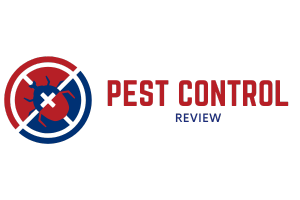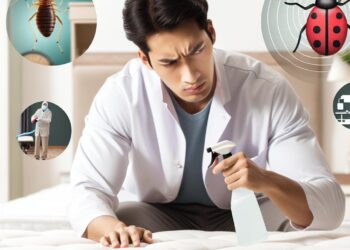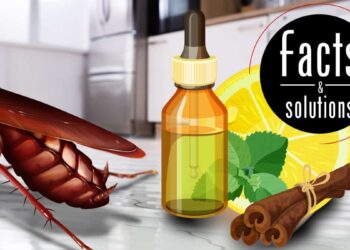Introduction
Climate change is one of the most significant global challenges that has emerged in recent times. As the world continues to experience extreme weather patterns, it is crucial to understand the impact of these changes on various aspects of our lives, including pest populations. The changes in temperature, rainfall patterns, and other environmental factors are contributing to a significant rise in pest populations, posing a significant threat to our homes, businesses, and agricultural activities.
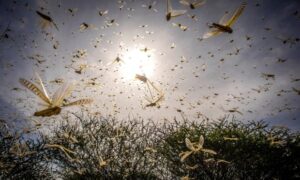
In this article, we explore the impact of climate change on pest populations and suggest ways of mitigating their spread.
The impact of precipitation on pest populations:
Precipitation is another critical factor in determining the distribution and abundance of pests. Changes in precipitation patterns can affect the availability of water and food for pests, as well as the survival of their natural enemies. For example, drought conditions can lead to reduced plant growth and reduced natural enemies, making it easier for pests to thrive. Heavy rainfall can also create ideal breeding conditions for pests such as mosquitoes and flies, leading to increased populations and the spread of disease.
The Impact of Climate Change on Pest Populations
Rising Temperatures and Increased Pest Populations As temperatures rise, pests such as cockroaches, rodents, and mosquitoes thrive in warm environments, leading to a significant increase in their populations. The warmer conditions also increase the rate of reproduction and shorten the time it takes for pests to mature, leading to a more rapid infestation.
Altered Rainfall Patterns and Pest Infestations
Changes in rainfall patterns can also contribute to increased pest populations. Heavy rainfall can lead to flooding, creating stagnant water bodies that provide breeding grounds for mosquitoes and other pests. On the other hand, prolonged droughts can lead to a shortage of food and water, causing pests such as rodents to migrate in search of these resources, increasing the likelihood of infestations.
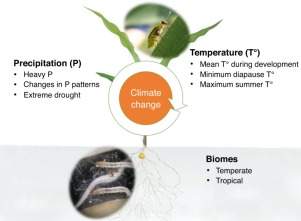
It is also important to recognize that different regions will be affected differently by climate change, and therefore, adaptation strategies must be tailored to local contexts. For example, in regions where temperatures are expected to increase, farmers could consider planting crops that are more resistant to heat stress, while in regions where rainfall is expected to decrease, farmers could consider adopting practices such as rainwater harvesting and drip irrigation to conserve water.
Ways of Mitigating the Impact of Climate Change on Pest Populations
Integrated Pest Management (IPM) Strategies :
Integrated Pest Management is a holistic approach to pest control that emphasizes prevention, monitoring, and control. This approach involves the use of a combination of tactics such as cultural, physical, and biological controls, as well as chemical controls as a last resort. By implementing IPM strategies, pest populations can be managed sustainably, reducing the need for continuous chemical treatment.
Integrated pest management (IPM) approaches aim to minimize the use of harmful chemicals and rely on a combination of cultural, biological, and chemical control methods to manage pests. Cultural control methods include practices such as crop rotation and use of resistant crop varieties that can reduce the impact of pests. Biological control methods involve the use of natural enemies of pests, such as predators or parasites, to control pest populations. Chemical control methods involve the use of pesticides, but they are used only as a last resort, and in a targeted and judicious manner.
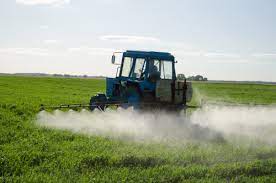
IPM approaches have been successfully implemented in many regions around the world and have been shown to be effective in controlling pest populations. However, the success of these approaches depends on factors such as the knowledge and skills of the farmers, the availability of appropriate technologies, and the support of policymakers and other stakeholders. Therefore, the promotion of IPM approaches should be part of a broader strategy to improve agricultural practices and promote sustainable agriculture.
Regular Monitoring and Early Detection
Regular monitoring of pest populations can help identify early signs of infestation, allowing for early intervention before the pests reproduce and spread. Early detection can prevent significant infestations, reducing the amount of pesticides required to manage the pests and minimizing their impact on the environment.
Mitigating the risks:
Mitigating the risks associated with climate change and pest populations will require a multi-faceted approach. This could include reducing greenhouse gas emissions to slow the rate of climate change, as well as implementing pest control measures to limit the impact of pests on agriculture and public health. Integrated pest management (IPM) approaches, which combine cultural, biological, and chemical control methods, could be particularly effective in mitigating the risks associated with climate change and pest populations.
Apart from agriculture, pests can also impact public health. As temperatures rise, pests such as mosquitoes and ticks are expected to expand their ranges, leading to an increased risk of diseases such as dengue fever, malaria, and Lyme disease. The spread of these diseases could have significant public health implications, especially in low- and middle-income countries where access to healthcare is limited.
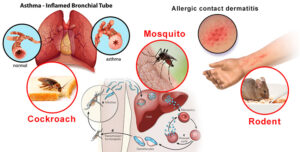
Therefore, it is essential to adopt a One Health approach that recognizes the interconnections between human, animal, and environmental health. This approach emphasizes the importance of collaboration between different sectors and disciplines to address complex health challenges such as climate change and pest-borne diseases.
In addition to integrated pest management and emissions reduction, there are several other strategies that can help mitigate the impact of climate change on pest populations. These include:
- Enhancing the resilience of ecosystems and agricultural systems to climate change through practices such as agroforestry, conservation agriculture, and sustainable land management.
- Improving surveillance and monitoring systems for pests and pest-borne diseases to detect and respond to outbreaks quickly.
- Investing in research to better understand the impacts of climate change on pest populations and identify new approaches to control pests.
Conclusion
Climate change is likely to have a significant impact on pest populations, and this could have severe consequences for agriculture and public health. However, by implementing effective mitigation strategies such as integrated pest management and emissions reduction, we can limit the impact of pests on our ecosystems and ensure a sustainable future for all. A One Health approach, together with efforts to enhance ecosystem and agricultural resilience, improve surveillance and monitoring systems, and invest in research, could be the key to achieving this goal.
